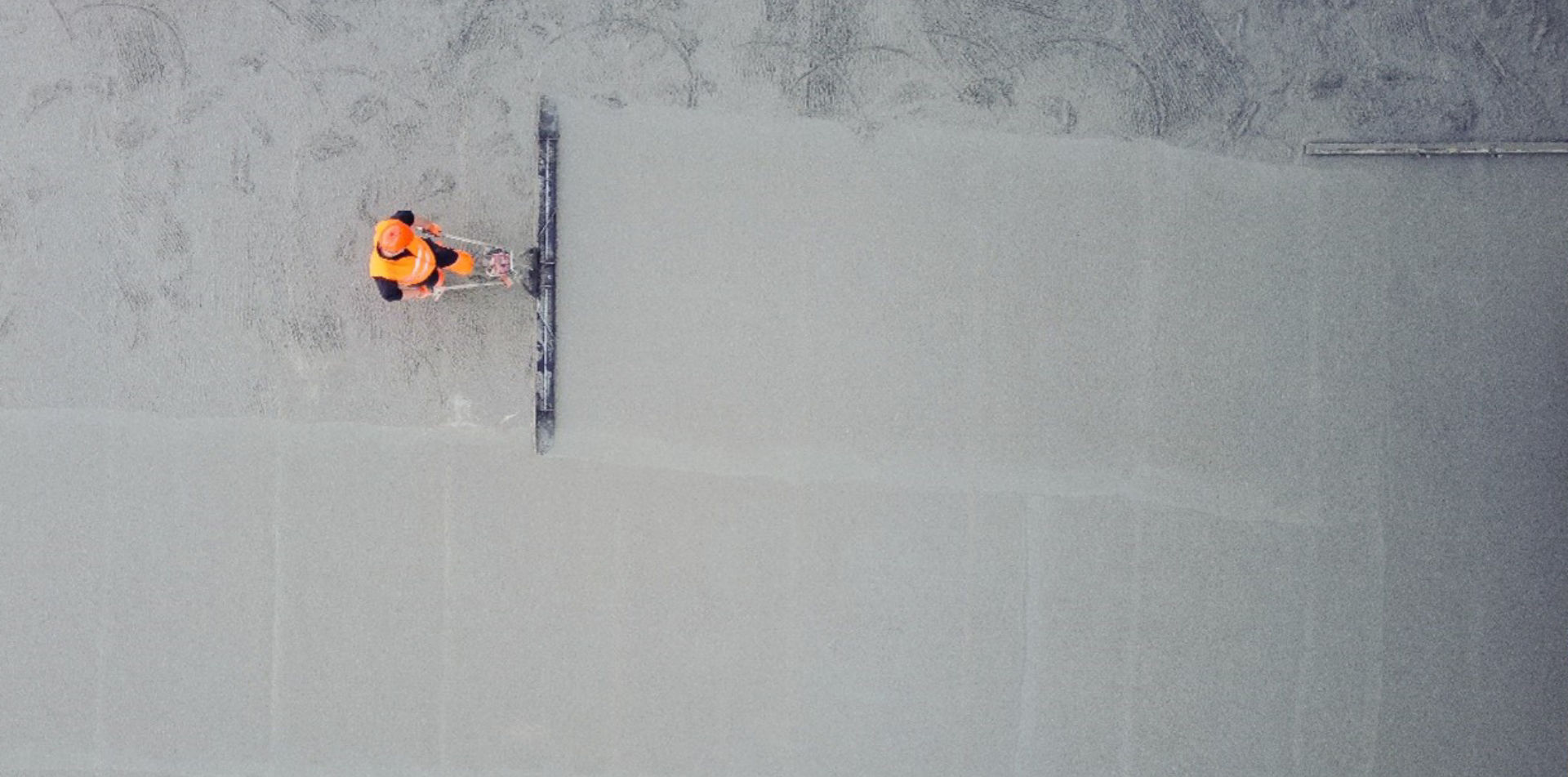
Download
Please provide the following details :
This field is required
This field is required
Please enter valid email (e.g. johnsmith@domain.com)

Please provide the following details :
This field is required
This field is required
Please enter valid email (e.g. johnsmith@domain.com)
In the world of construction, the placement of prestressed tendons in combination with Dramix® steelfibers is evolving—faster, more ergonomic, and less labor-intensive compared to traditional rebar structures. Achieving durable concrete floors without expansion joints is now a reality, opening doors to limitless possibilities.
Over the years, various reinforcing techniques, including pre- and post-tensioning, have been developed to enhance the physical properties of concrete structures. In concrete floors, managing shrinkage, expansion, temperature stresses, as well as compressive and flexural stresses are crucial to avoid cracks and ensure structural stability. Enter SigmaSlab®, an innovative and revolutionary technique, co-developed by Bekaert (Dramix®) and CCL int., enabling the creation of truly sustainable concrete floors without expansion joints.
Dramix® steel fibers are seamlessly integrated into the concrete mix. In outdoor applications, such as the Aertssen Logistics project in Beveren, SigmaSlab® excels. Post tension tendons are meticulously installed at the correct heights, forming a stable grid.
Bart Wight, Dramix® Sales Engineer for the Netherlands, sheds light on the meaning behind the name SigmaSlab®. The Greek letter "Sigma" carries a dual significance—its lowercase form (σ) symbolizes tension, while the uppercase (Σ) denotes summation. This reflects the innovative synergy at the heart of SigmaSlab®: the integration of Dramix® steel fibers with CCL’s advanced post-tensioning system.
In this hybrid solution, Dramix® steel fibers effectively manage flexural stresses caused by superimposed loads, while CCL’s post-tensioning tendons counteract tensile stresses resulting from drying shrinkage and temperature variations during service. SigmaSlab® thus unites the strengths of passive reinforcement (steel fibers) with active reinforcement (post-tensioning), delivering a robust and resilient flooring system.
Hendrik Thooft, Construction Technology & Value Solutions Manager at Bekaert/Dramix®, highlights SigmaSlab® as a groundbreaking advancement in concrete floor construction. Following rigorous testing—including research conducted at Virginia Tech University in the USA—and a series of successful pilot projects, SigmaSlab® has proven its ability to deliver concrete floors with exceptionally large expansion joint spacing (up to 150 x 150 meters), or in some cases, eliminate the need for expansion joints altogether..
SigmaSlab® brings advantages on three fronts—construction companies, end-users, and the environment. The absence of joints not only provides aesthetic benefits but also reduces floor maintenance and extends its lifespan. Pouring the floor is expedited, allowing up to 70% steel savings per square meter. Additionally, thinner floors are achievable, reducing the amount of concrete. This reduction in steel and concrete leads to a significant decrease in the ecological footprint, with up to a 25% reduction in CO2 emissions per project. Shorter construction times also contribute substantially to cost savings.
SigmaSlab® proves its worth in three specific scenarios: concrete floors on an elastic subbase, floors on foundation piles, and elevated floors for multistory buildings. For floors on an elastic subbase (including concrete outdoor pavements), the addition of Dramix® steel fibers alone can extend the distance between joints to 40 m, and with additional post-tensioning strands, this distance increases to an impressive 150 m.
In the case of floors on foundation piles, SigmaSlab® excels in efficiently absorbing and distributing loads, especially when pile distances exceed 3 m. For elevated slabs, SigmaSlab® aligns perfectly with contemporary architectural trends, favoring slim structures and open spaces. With successful pilot projects in Germany, Belgium, and Mexico, SigmaSlab® is ready for global implementation. The construction of the first elevated SigmaSlab® floor in Trondheim, Norway, has successfully been executed.